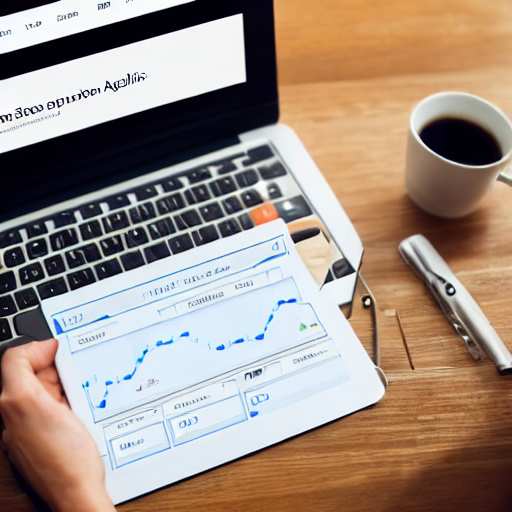

Google Ads campaigns can generate a significant amount of traffic, but without a strategically designed and optimized landing page, that traffic can quickly become wasted. The relationship between Google Ads and landing pages is crucial for achieving a high return on investment (ROI). This article delves into the critical role of landing pages in Google Ad management, focusing specifically on how to optimize your landing page copy to maximize conversions from ad traffic. We’ll explore the key elements of effective landing page copy, user experience considerations, and conversion rate strategies. Understanding this connection is fundamental to successful PPC (Pay-Per-Click) marketing.
For many businesses, Google Ads represent a powerful tool for driving targeted traffic to their websites. However, simply sending users to a generic website homepage isn’t enough. Users arrive on your site with a specific expectation – they clicked on an ad promising a solution to their problem or information about a product they were interested in. If the landing page doesn’t deliver on that promise, they’ll quickly bounce, negating the value of the ad spend. A well-optimized landing page acts as the crucial bridge between the ad and the conversion. It’s the place where you convert that initial interest into a tangible action – a purchase, a sign-up, a download, or a contact form submission.
Let’s consider a real-life example. A user searches on Google for “best running shoes for beginners”. They click on an ad from a sporting goods retailer promoting their new line of running shoes. If the landing page takes them to the retailer’s homepage, they’ll likely be overwhelmed with a vast selection of products and categories. They’ll struggle to find the specific running shoes they were initially looking for, and they’ll probably leave, frustrated and without a solution. However, if the landing page is specifically designed for “best running shoes for beginners,” featuring those shoes prominently, with clear descriptions of their features and benefits, and perhaps even a beginner’s guide, the user is far more likely to convert.
The core principle is alignment. The ad copy should directly reflect the content and offer on the landing page. A mismatch creates confusion and distrust, leading to a high bounce rate. Google’s algorithms also take this into account; a high bounce rate from a landing page associated with an ad signals to Google that the ad and landing page aren’t a good match, potentially impacting your ad quality score and increasing your cost per click.
Creating compelling landing page copy requires a strategic approach. Here’s a breakdown of the essential elements:
Example: Let’s say you’re selling a premium online course on digital marketing. Your ad copy might say: “Learn Digital Marketing Skills & Launch Your Career.” The landing page should then immediately deliver on that promise. It should showcase the course curriculum, instructor credentials, student success stories, and a clear CTA like “Enroll Now.”
Now, let’s delve into specific strategies for optimizing your landing page copy to maximize conversions from Google Ad traffic:
Example: If your ad targets “affordable web design services,” your landing page should prominently feature your pricing plans and highlight the value you offer at that price point. Don’t lead with a generic homepage banner.
While copy is vital, it’s just one piece of the puzzle. A positive user experience is equally important. Here’s how to optimize your landing page for CRO:
CRO is an ongoing process. Regularly analyze your landing page data (bounce rate, conversion rate, time on page) and make adjustments based on your findings.
How do you know if your landing page copy and CRO efforts are working? Here are some key metrics to track:
Use Google Analytics and other tracking tools to monitor these metrics and identify areas for improvement.
Optimizing your landing page copy for Google Ad traffic is a critical component of any successful online marketing campaign. By focusing on clear, compelling copy, a positive user experience, and continuous monitoring and optimization, you can significantly improve your conversion rates and achieve your business goals.
Remember, your landing page is not just a place to display information – it’s a sales tool designed to convert visitors into customers.
Do you want me to elaborate on any specific aspect of this topic, such as A/B testing, mobile optimization, or specific CRO techniques?
Tags: landing page optimization, Google Ads, ad copy, conversion rate, user experience, landing page design, PPC, digital marketing
0 Comments